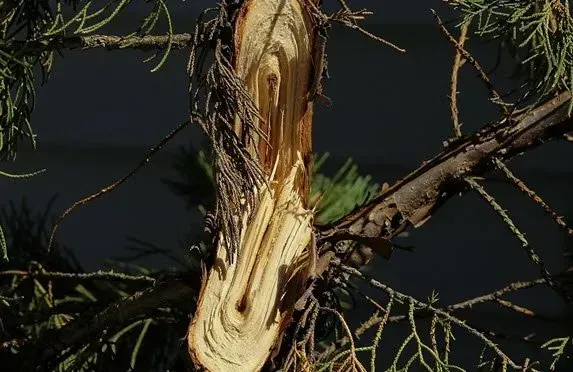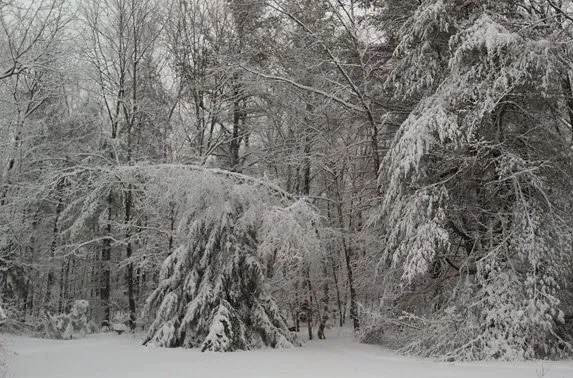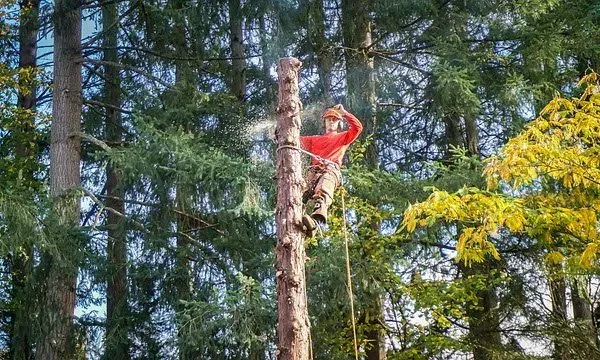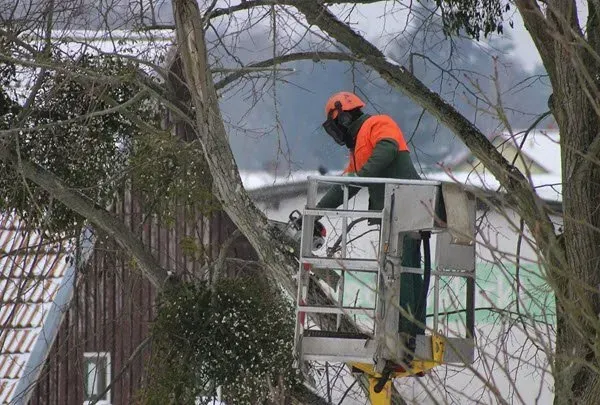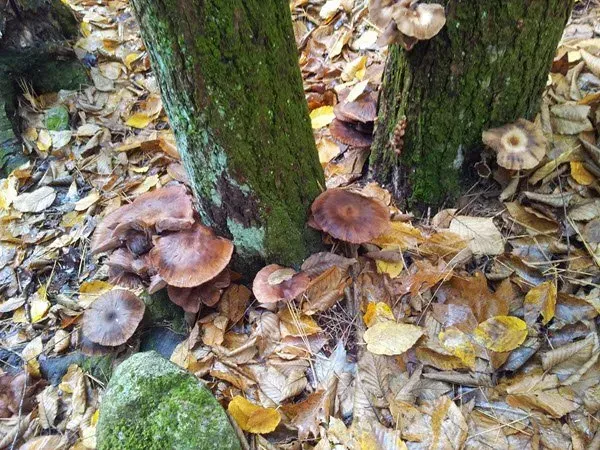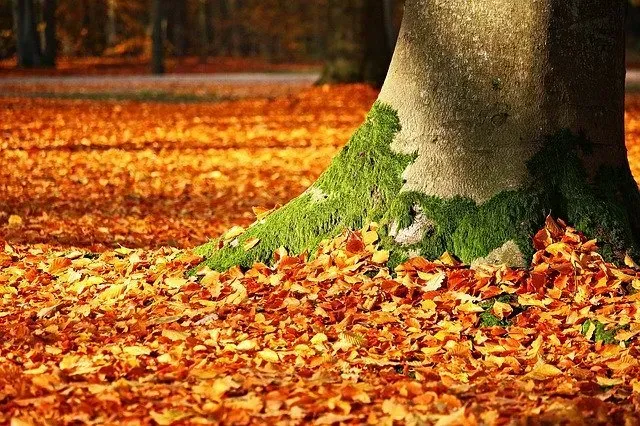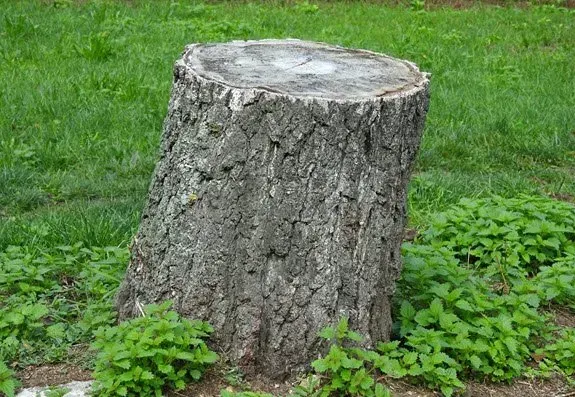How to Choose a Healthy Root Ball
Milford Homeowner Asks for Guidance
When you purchase a live tree for planting, most come with a root ball, which is often enclosed with burlap or wire. This root ball is the mass of roots of the tree. It varies in size, depending on the size and age of the tree. When choosing a healthy root ball, it should be firm and not falling apart, but not rock hard which could indicate it has not been watered properly.
A Milford, NH homeowner was looking to purchase a sapling. He quickly learned that the trees come with a root ball. Not sure what to look for in a healthy root ball, he turned Souhegan Valley Tree Service for advice.
A Healthy Root Ball Means a Healthy Tree
The root ball contains the different types of roots, including feeder roots, that will be critical to the tree’s survival. At a glance, the root balls may appear the same despite varying in size. However, the root ball can tell you a lot about whether the tree has received proper care. The dirt in the root ball should be firmly compacted, but still flexible to the touch. If the root ball is too rigid, the tree has not been receiving proper water.
When moving the tree, be sure to pick it up by the root ball instead of the trunk and always set it down gently. Keep in mind that after watering the root ball, the tree will be significantly heavier so it is best to move the tree right before watering.
Planting the Root Ball
The root ball makes planting the tree an easier process. When digging a hole, be sure the depth reaches the top of the root ball. The hole should be two or three times as wide as the root ball. Once in position, cut away the burlap or wire. This will allow the roots to spread out over time.
With these tips, the homeowner in Milford was able to spot a healthy young sapling that is now thriving in his yard.


